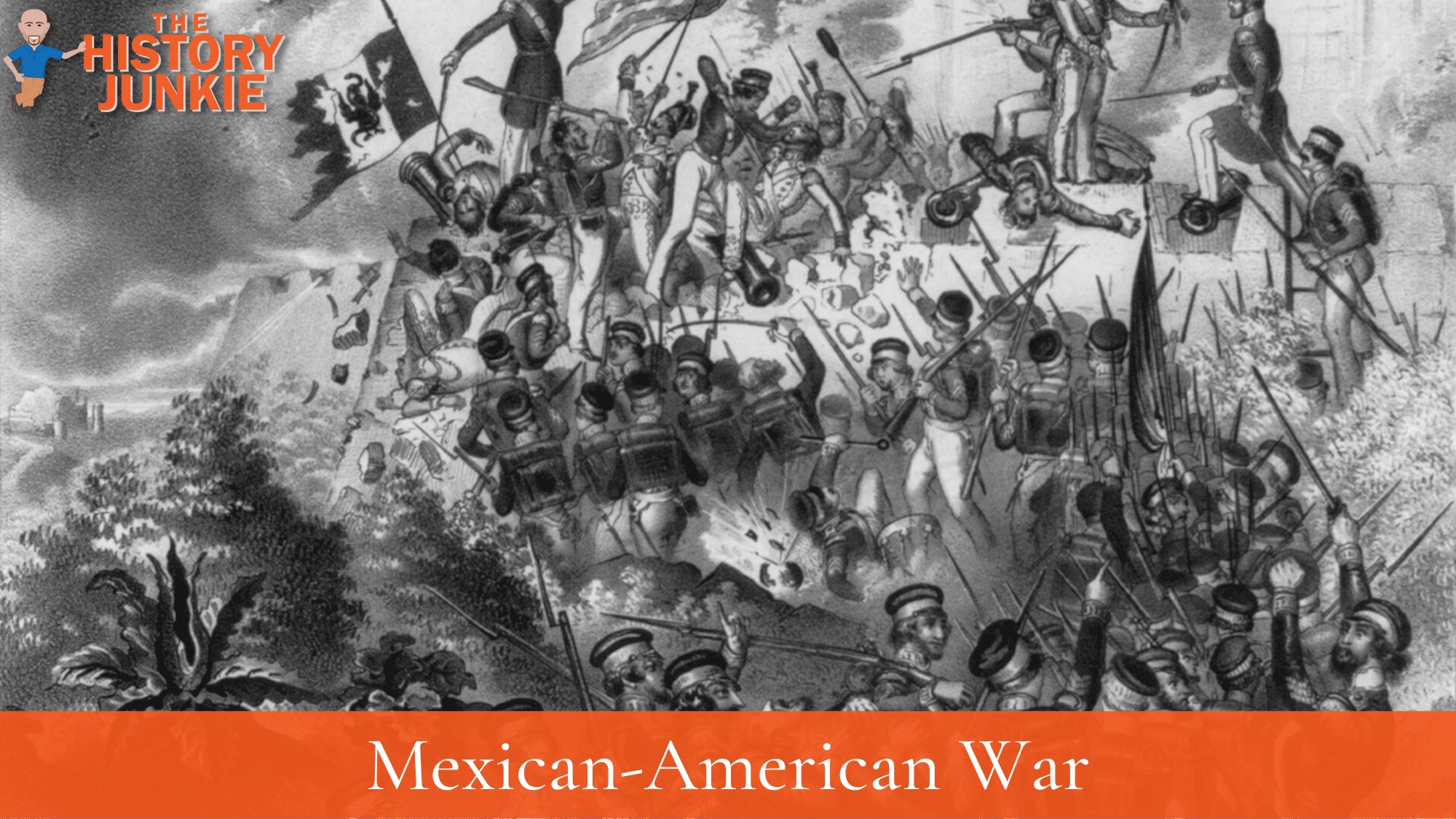
Jump to:
- #1. The United States and Mexico Argued Over The Border
- #2. Manifest Destiny Was A Primary Cause
- #3. Mexico Was Unstable and Unable to Fight An Effective War
- #4. On May 13, 1846, Congress Declared War on Mexico
- #5. Abraham Lincoln and Frederick Douglass Opposed The War
- #6. General Santa Anna Returned to Fight Against The Americans
- #7. General Winfield Scott Conquered Mexico City
- #8. The War Is Mostly Forgotten
#1. The United States and Mexico Argued Over The Border
After the Texas Annexation War, there was a dispute between the United States and Mexico over what the border would be; this conflict was called the Mexican-American War.
Mexico believed that the border should be the Nueces River, while Texas believed their land should extend to the Rio Grande River.
This dispute would lead to confrontation and would contribute to war with Mexico.

#2. Manifest Destiny Was A Primary Cause
The United States had an expansionist mindset, and President James Polk made it a goal that he would expand America's borders from the Atlantic to the Pacific.
He accomplished the goal during the Mexican-American War when the United States won the war, and with the Treaty of Guadalupe-Hidalgo, they were awarded the area of Mexican Cessation. This would fulfill one of his four promises.
#3. Mexico Was Unstable and Unable to Fight An Effective War
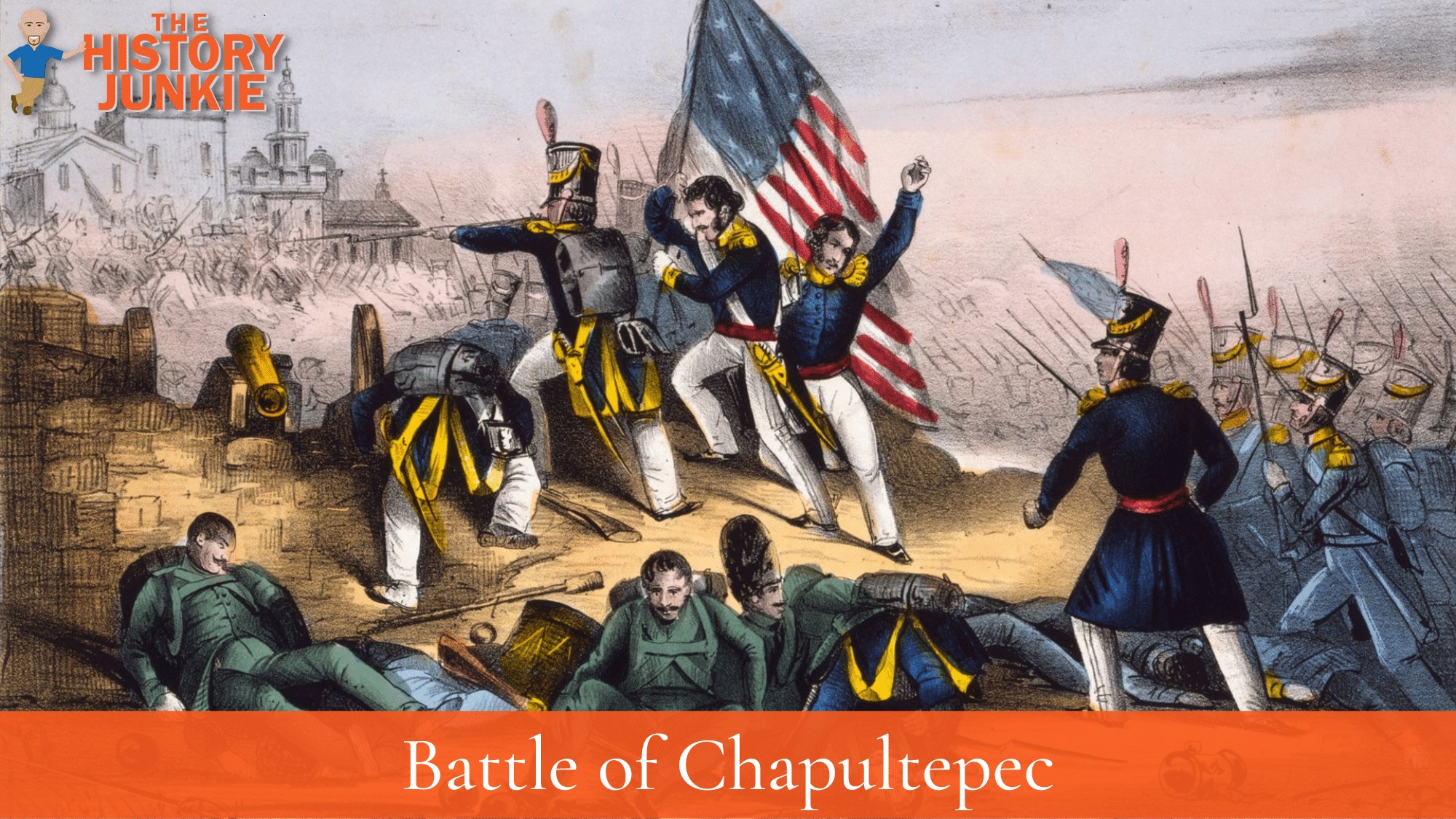
Mexican Independence was from Spain early in the 19th century but left the new nation without its main export since its silver mines were destroyed.
The Mexican government then lost the war against Texas despite not being prepared to fight a war against the United States when they began a border dispute that led to war.
The United States Army had reformed since the War of 1812 and now had accomplished leaders from that war and new leaders emerging that would be influential in the upcoming Civil War.
They did not have modern weapons, and they were in conflict with the Comanche and Apache Indians.
President Ulysses S. Grant reflected on the Mexican-American War in his memoirs and said this about it:
The Mexican army of that day was hardly an organization. The private soldier was picked from the lower class of the inhabitants when wanted; his consent was not asked; he was poorly clothed, worse fed, and seldom paid. He was turned adrift when no longer wanted. The officers of the lower grades were but little superior to the men. With all this, I have seen as brave stands made by some of these men as I have ever seen made by soldiers. Now, Mexico has a standing army larger than the United States. They have a military school modeled after West Point. Their officers are educated and, no doubt, very brave. The Mexican War of 1846–8 would be an impossibility in this generation.
#4. On May 13, 1846, Congress Declared War on Mexico
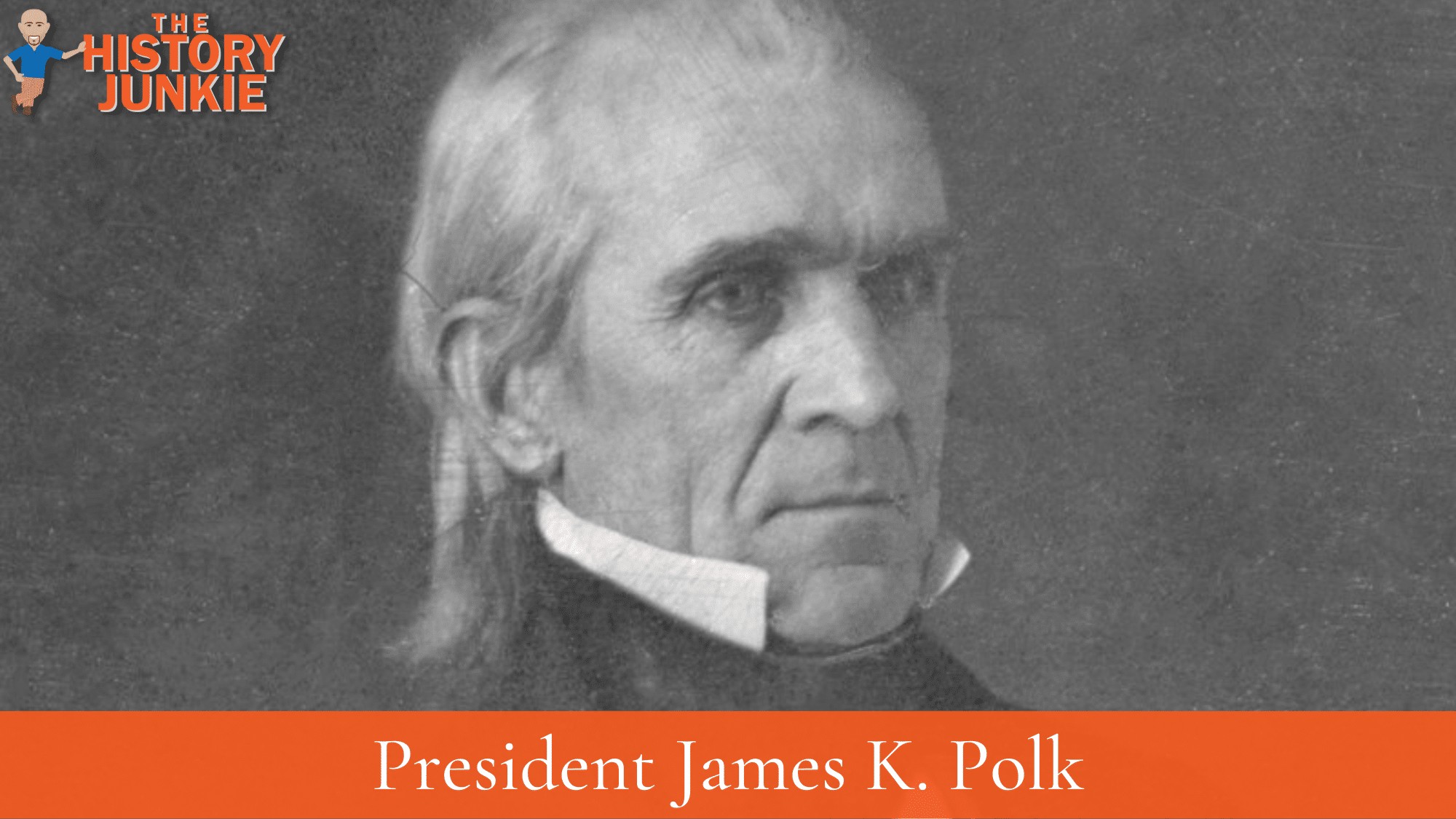
General Zachary Taylor did not recognize the Mexican border of the Nueces River. In response, the Mexican army launched an attack on a small American unit that led to 11 American deaths and 52 Americans captured.
The Thornton Affair is what it would be called, and that would be all that Polk would need to get a declaration of war from Congress.
Shortly before the declaration, Zachary Taylor pushed the Mexican Army back over the Rio Grande.
#5. Abraham Lincoln and Frederick Douglass Opposed The War
While Americans had an expansionist mindset, many were opposed to the expansion of America through conquest.
One of those in opposition was former slave Frederick Douglass, who expressed concern about how few Americans opposed the war:
The determination of our slave-holding president and the probability of his success in wringing from the people, men, and money to carry it on is made evident by the puny opposition arrayed against him. None seem willing to take their stand for peace at all risks.
Eventual President Abraham Lincoln and Former President John Quincy Adams opposed the war as well.
The opposition to the war was due to the expansion of slavery and not the concern for American conquest.
#6. General Santa Anna Returned to Fight Against The Americans
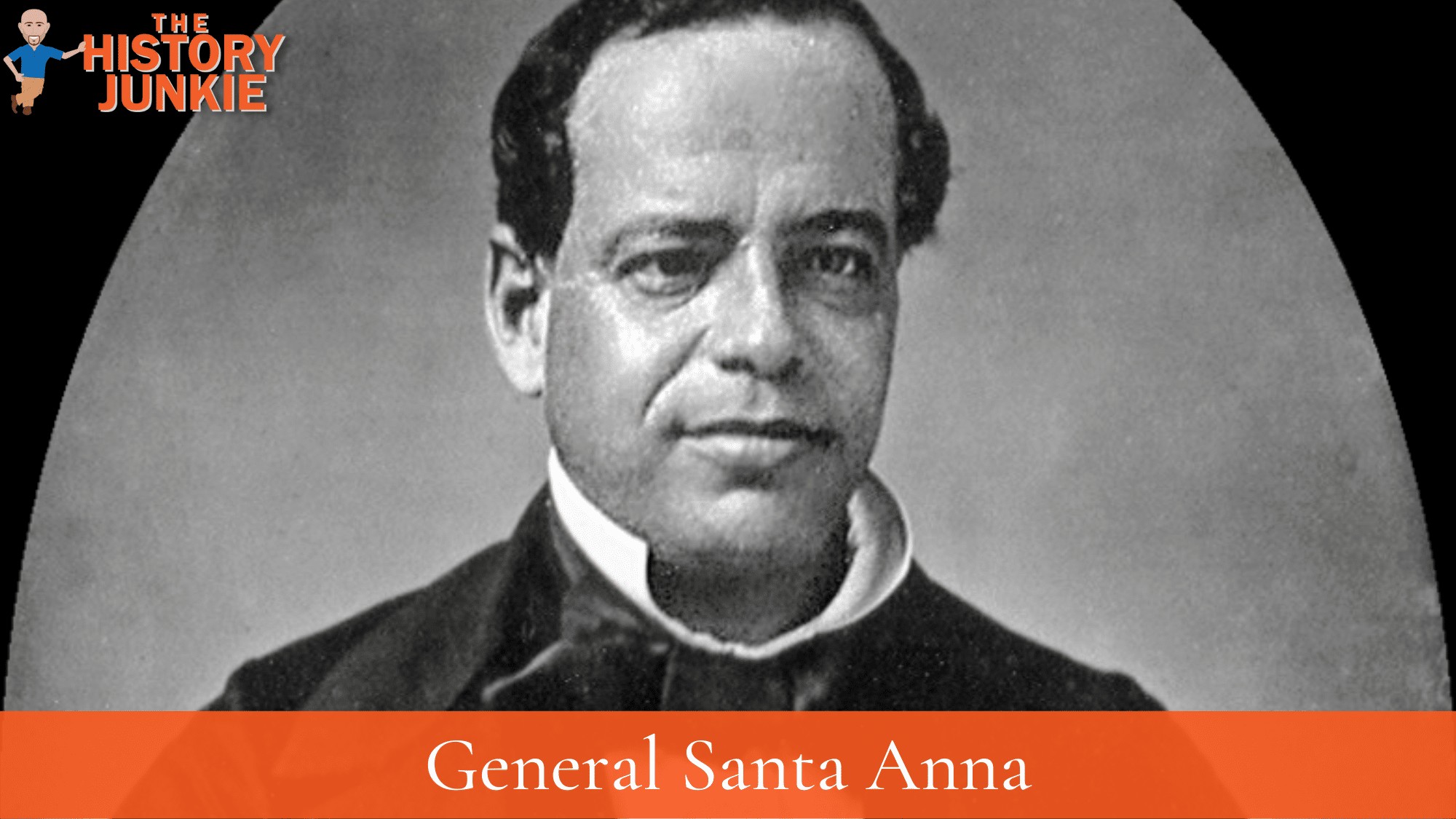
General Santa Anna and Sam Houston were the two men who led their respective armies against one another during the War of Texas Annexation.
At the time of the Mexican War, General Santa Anna was not in the leadership of the army and was in exile in Cuba. After the victories of Zachary Taylor, the Mexican government reinstated him, and he took control of the Army.
Throughout the war, he would see action against some of America's greatest military generals. His first action would be against Zachary Taylor, and his last would be against Winfield Scott.
Santa Anna would eventually serve as the 8th President of Mexico and would die in 1876 at the age of 82.
#7. General Winfield Scott Conquered Mexico City
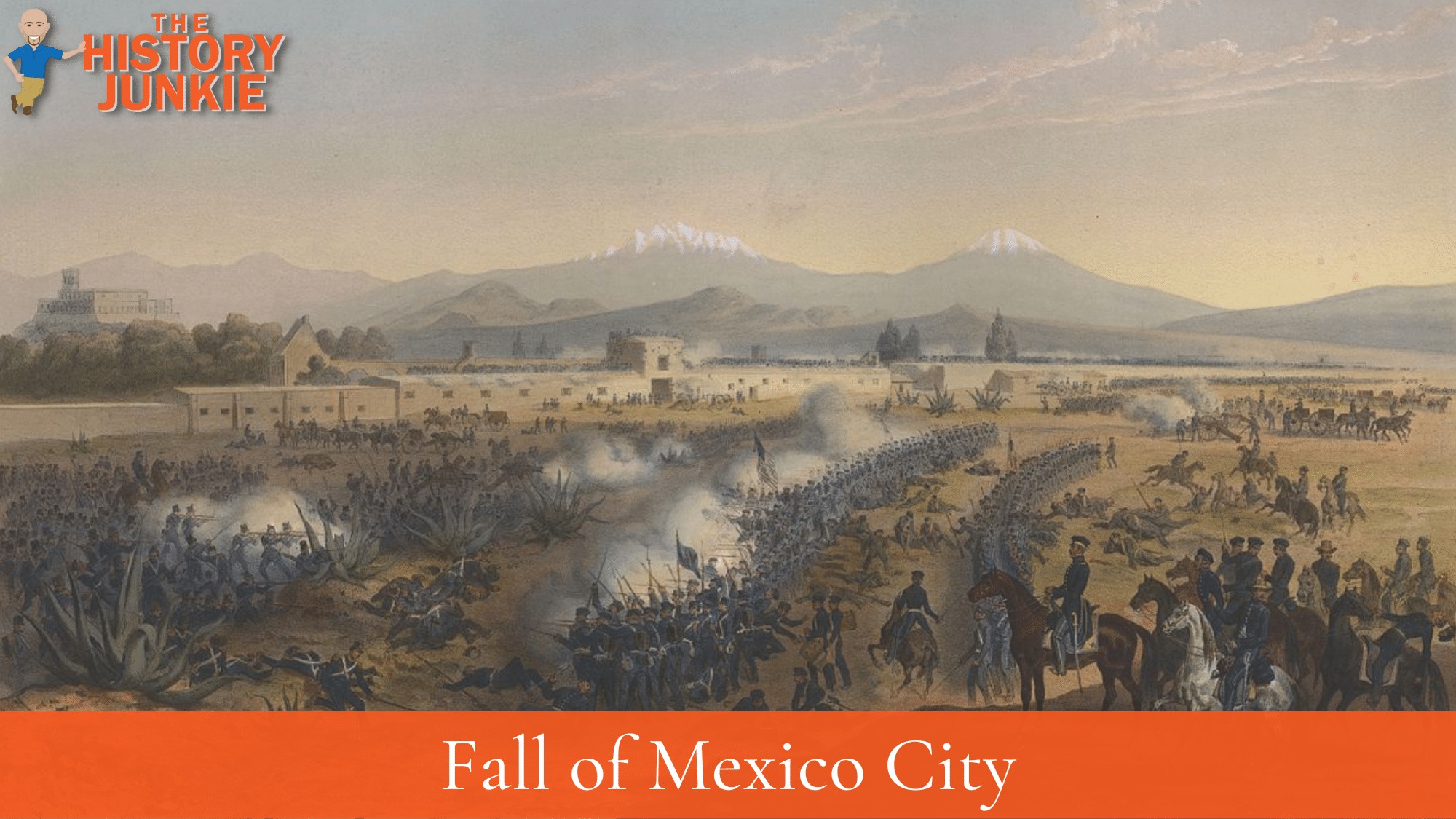
Rather than reinforce Taylor's army for a continued advance, President Polk sent a second army under General Winfield Scott. Polk had decided that the way to bring the war to an end was to invade the Mexican heartland from the coast.
General Scott's army was transported to the port of Veracruz by sea to begin an invasion to take the Mexican capital. On March 9, 1847, Scott performed the first major amphibious landing in U.S. history in preparation for a siege.
A group of 12,000 volunteer and regular soldiers successfully offloaded supplies, weapons, and horses near the walled city using specially designed landing crafts.
Included in the invading force were several future generals: Robert E. Lee, George Meade, Ulysses S. Grant, James Longstreet, and Thomas "Stonewall" Jackson.
Winfield Scott marched through the heart of Mexico, winning significant victories throughout Mexico. After two battles, he would conquer Mexico City. This would be the first time Mexico City was captured by a foreign country since Hernan Cortes conquered the Aztecs.
#8. The War Is Mostly Forgotten
The War of 1812 is often called the Forgotten War, but it was not as forgotten as the Mexican-American War. It was the only war in which America conquered a capital city in North America.
The war also refined the American military, upgraded weapons, and gained experience. It was a precursor to the Civil War in which many of the future officers cut their teeth.
There are a few monuments scattered throughout the country, but not many. The main reference to the war comes from the Marine Corps Hymn when it says, "From the Halls of Montezuma."
